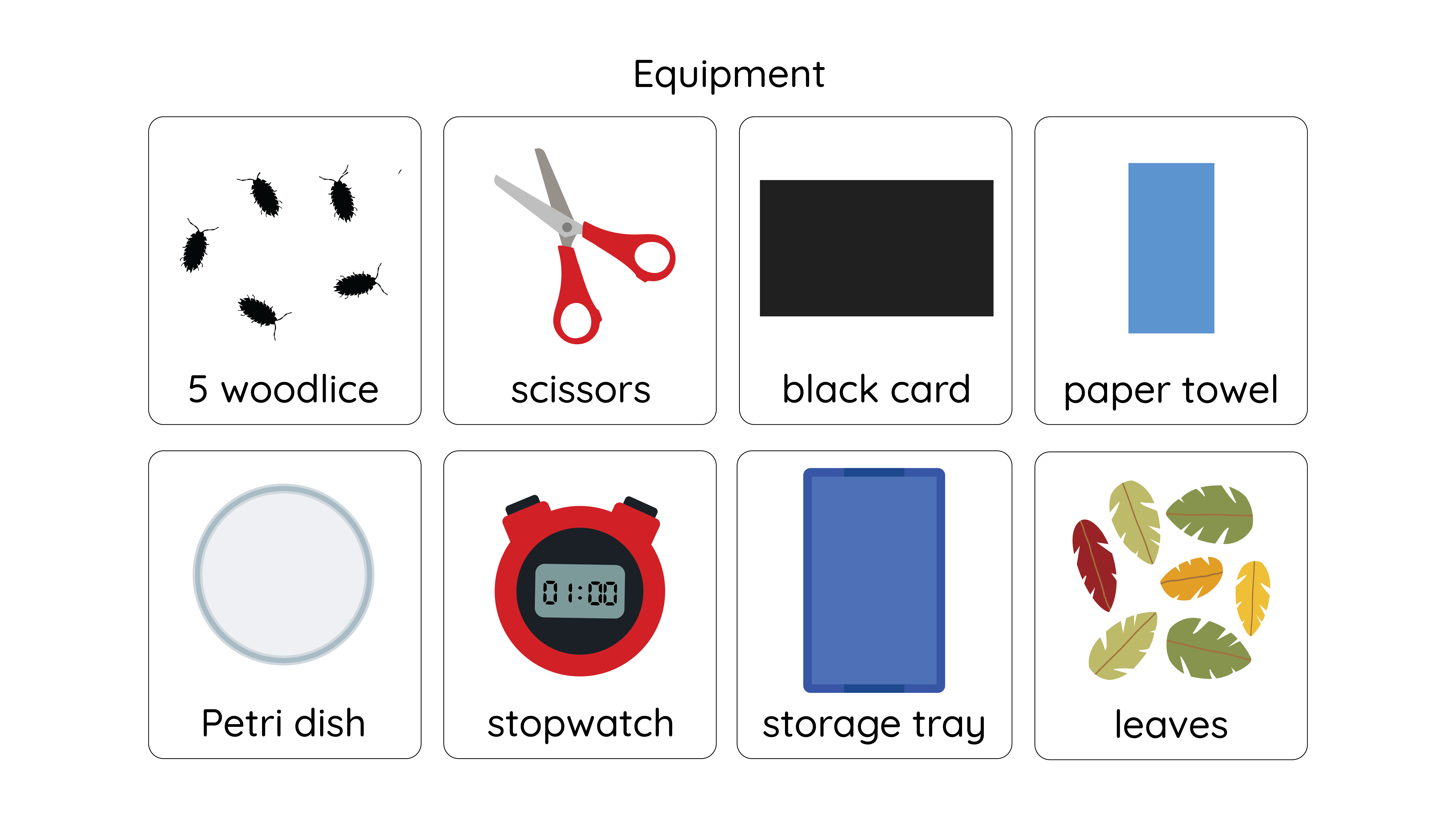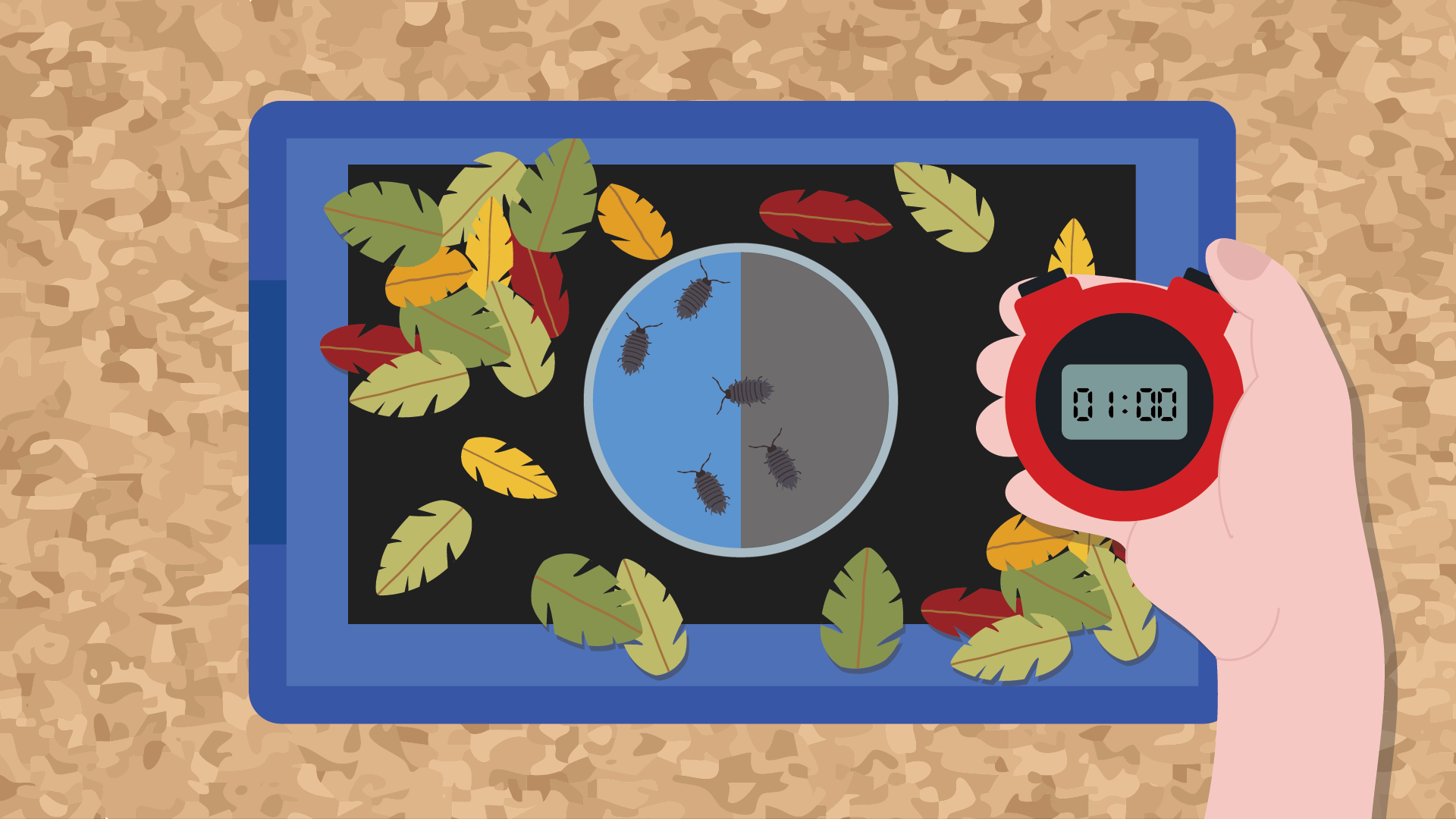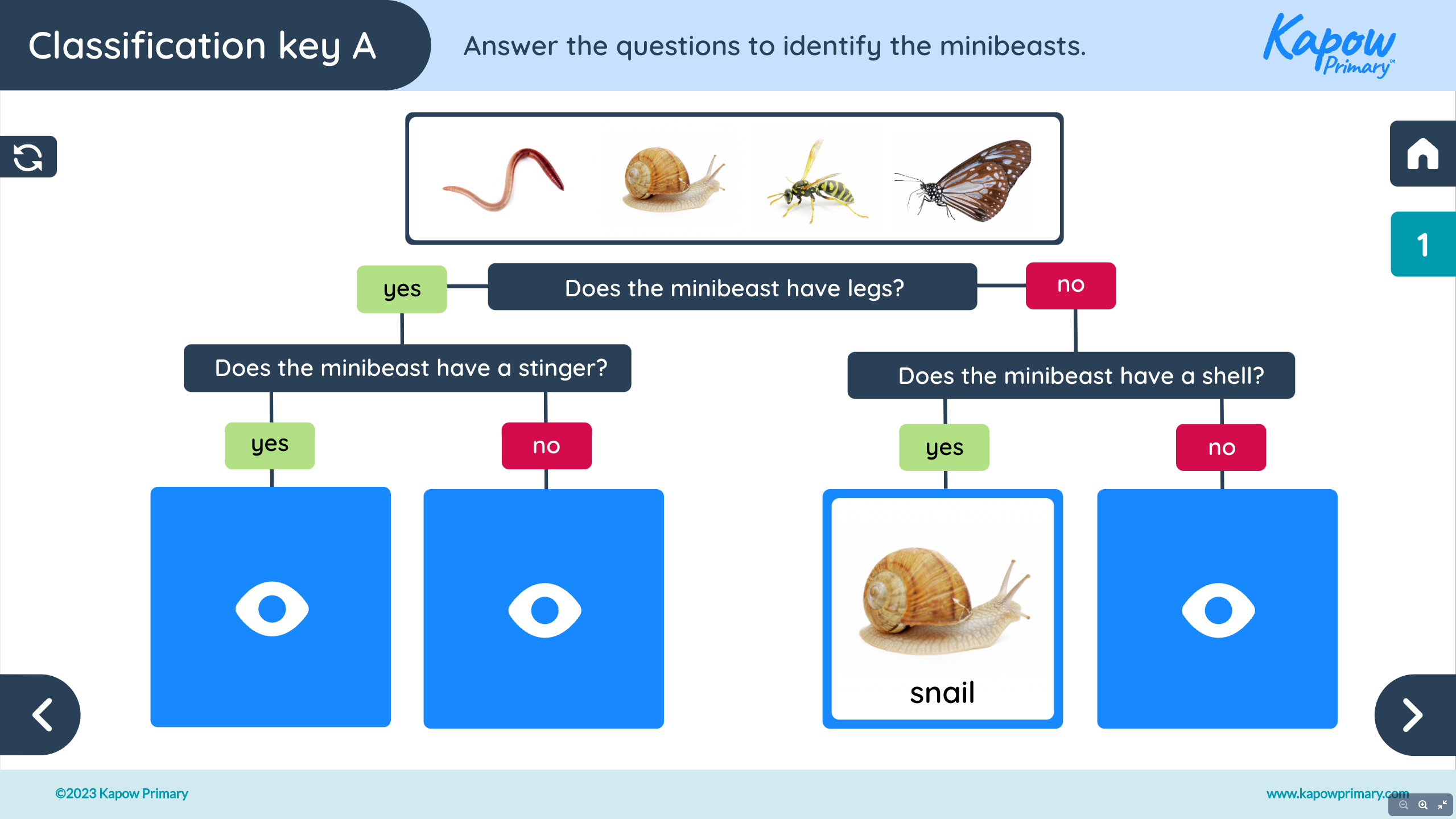Learning objectives
Knowledge
- To identify a variety of flowering plants.
Science in action
- To understand the role of a botanist.
Success criteria
Knowledge
- I can recognise similarities and differences.
- I
This content is for subscribers only. Join for access today.
National curriculum
Science
Living things and
This content is for subscribers only. Join for access today.
Cross-curricular links
None.
This content is for subscribers only. Join for access today.
Before the lesson
This content is for subscribers only. Join for access today.
Lesson plan
Recap and recall
Display the Presentation: Life processes and ask the children to talk to their partners about how plants demonstrate each of the life processes.
This content is for subscribers only. Join for access today.
Extended-mode explainer videos
How to extend your display to view the lesson page and preseantion mode simultaneously. Choose your operating system below to watch the video
If you need further support with extending your display,
please contact [email protected].
Extended-mode explainer video: For Mac
Extended-mode explainer video: For Windows
Adaptive teaching
Pupils needing extra support
Could draw pictures of the flowering plants instead of writing notes; could be given less flowering plants to identify (e.g. A–E).
Pupils working at greater depth
Should include a range of adjectives when writing descriptions of flowers and leaves (for example, pointy, bell-shaped, droopy, cylindrical, heart-shaped, shiny, glossy, feathery, smooth, spiky); could write a short letter to Blossom the botanist giving a detailed description of the new plant species.
This content is for subscribers only. Join for access today.
Assessing progress and understanding
Pupils with secure understanding indicated by: describing the appearance of flowering plants;
This content is for subscribers only. Join for access today.
Vocabulary definitions
-
botanist
Someone who studies plants.
-
identify
To name or select something using knowledge.
This content is for subscribers only. Join for access today.





